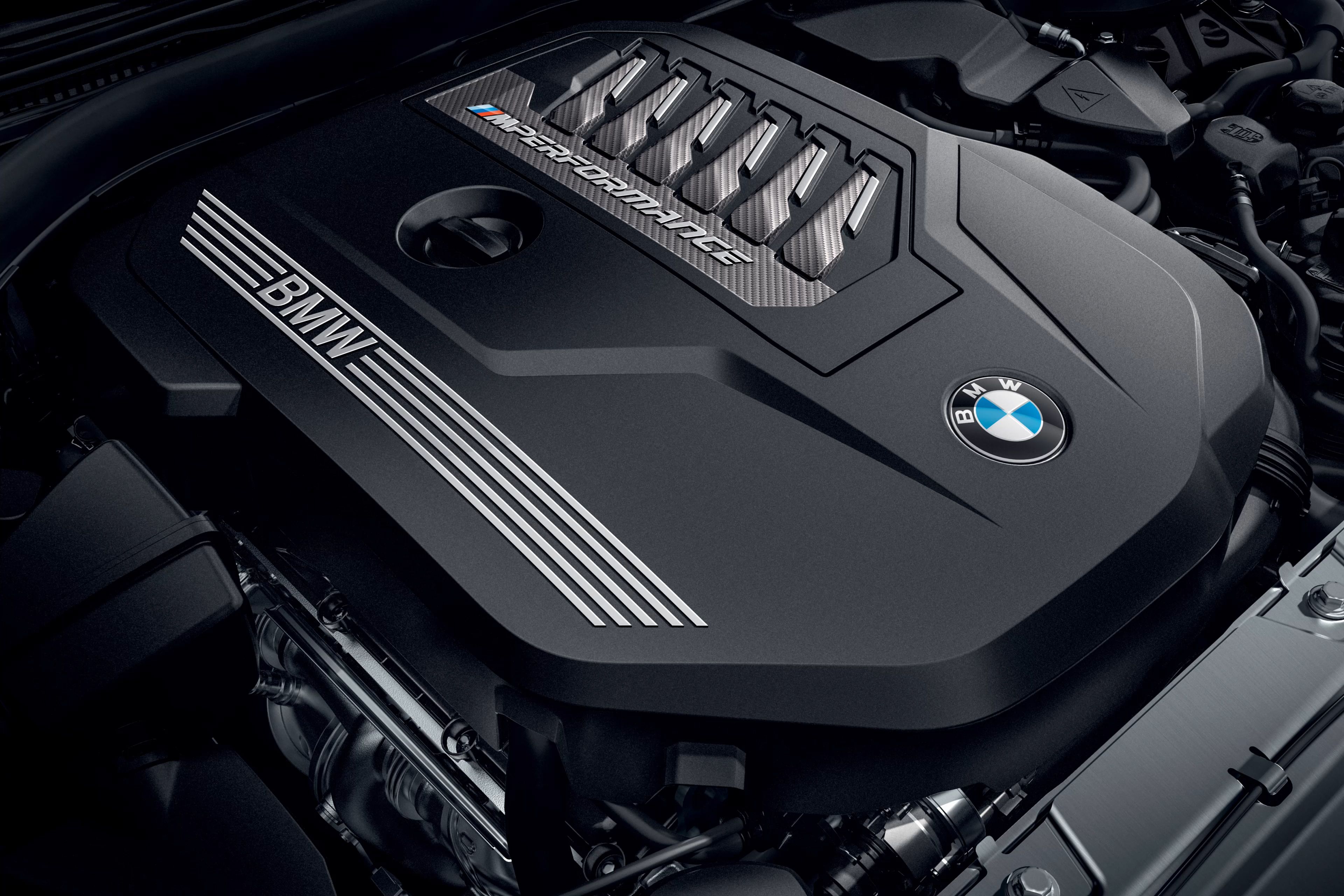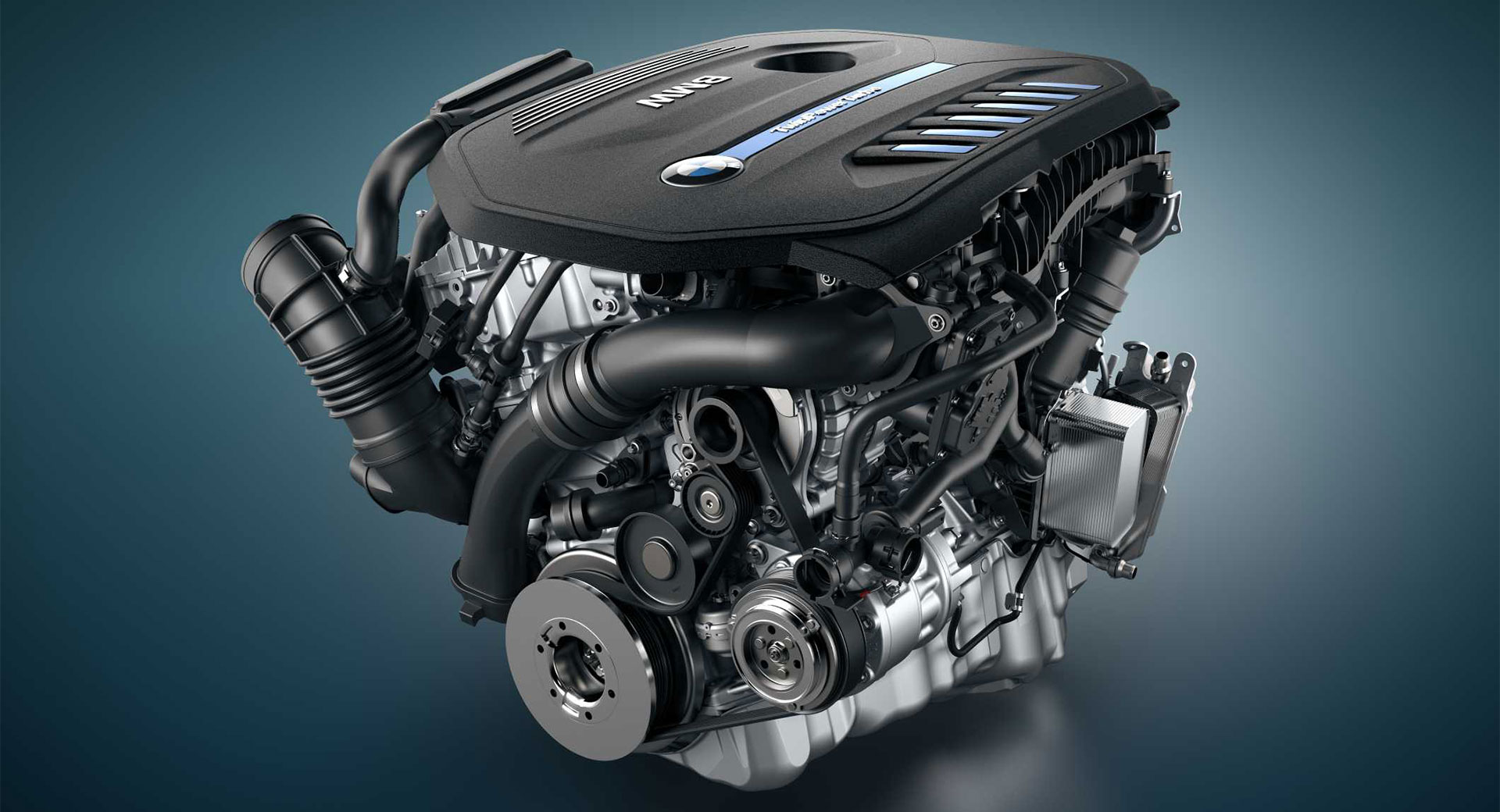Leading 5 BMW Engine Technologies Transforming the Automotive Sector
Leading 5 BMW Engine Technologies Transforming the Automotive Sector
Blog Article
Checking Out the Development of Combustion Engines in Modern Transport Solutions
As we navigate the landscape of contemporary transportation, the evolution of combustion engines stands as a testament to human resourcefulness and design prowess. From their modest starts to the sophisticated giants driving automobiles today, combustion engines have actually undertaken an impressive journey of development and adjustment. Comprehending the complexities of this development not only clarifies the past however likewise leads the way for picturing what exists in advance in the world of transportation innovation. The interaction of history, innovation, and environmental concerns fit the trajectory of burning engines develops a narrative that is both insightful and compelling.
Very Early Beginnings of Combustion Engines
Just how did the idea of combustion engines very first arise in the early phases of transportation growth? The origins of burning engines can be mapped back to the 17th century when the principles of interior burning were first checked out.
The innovation moment included the development of the initial successful gasoline-powered engine by Karl Benz in 1885 - bmw engine. This engine led the way for the development of the contemporary car, transforming transport systems worldwide. Succeeding innovations by Nikolaus Otto and Gottlieb Daimler better refined burning engine technology, resulting in the automation of vehicles and the rapid expansion of the transportation market
These early burning engines were identified by their simplicity and effectiveness, laying the foundation for the complicated and effective engines utilized in modern transportation systems. The advancement of combustion engines has actually contributed fit the means we take a trip and transfer products, noting a significant landmark in the background of transportation development.
Transition to Internal Combustion Modern Technology
The change to internal burning innovation marked an essential change in the advancement of transport systems. This shift started in the late 19th century, with creators like Nikolaus Otto and Gottlieb Daimler establishing the initial effective interior combustion engines. These engines changed transportation by supplying an extra effective and reliable alternative to vapor engines and electric motors.
Among the crucial benefits of interior burning engines was their ability to be reduced to suit lorries, leading to the advancement of motorbikes and automobiles. This shift from bulky, fixed engines to small, mobile ones led the way for the modern-day transport systems we see today.
The shift to inner combustion modern technology likewise spurred advancements in fuel innovation, bring about the development of fuel and diesel as main fuel resources for lorries. This shift not only made transport extra available to the masses yet also laid the foundation for the oil and gas industry to end up being integral to global economies.
Impact of Combustion Engines on Transport
The adoption of combustion engines in transport systems catalyzed an extensive shift in the performance and speed of worldwide flexibility. Burning engines changed transportation by providing a versatile and trusted resource of power for different lorries, consisting of automobiles, vehicles, ships, and aircrafts. This innovation considerably enhanced the ability for products and individuals to move over cross countries in shorter time frames, causing boosted connectivity in between areas and countries.
Furthermore, the prevalent use burning engines has actually had a substantial influence on economic growth. The capacity to transfer items efficiently has actually spurred profession and commerce, allowing organizations to expand their markets and reach customers worldwide. This has actually helped with economic development and globalization, as items can currently be carried quicker and in larger amounts than ever before.
Nevertheless, the ecological impact of combustion engines can not be overlooked. The combustion of nonrenewable fuel sources has led to air pollution and greenhouse gas exhausts, adding to climate adjustment and posing health threats to populations. bmw engine. As an outcome, there is an expanding focus on creating different propulsion modern technologies to reduce these negative effects and produce an extra sustainable future for transport
Advancements in Combustion Engine Layout
Numerous innovations in burning engine style have driven the evolution of transport systems over the decades. One noteworthy technology is the development of turbocharged engines, which make use of exhaust gases to drive a turbine that compresses inbound air, permitting for more fuel to be burnt, causing boosted power outcome without a significant boost in engine dimension. Additionally, direct shot innovation has actually boosted fuel efficiency and efficiency by precisely regulating the quantity and timing of gas infused into the combustion chamber. Variable shutoff timing systems have additionally reinvented engine layout by optimizing airflow at various engine speeds, boosting both power and effectiveness. Another substantial innovation is the assimilation of light-weight products such as carbon fiber and light weight aluminum alloys, minimizing overall engine weight and enhancing automobile gas economic situation. Improvements in computer-aided layout have made it possible for engineers to maximize engine efficiency and effectiveness via simulations prior to physical prototypes are built, conserving time and resources in the growth process. These innovations collectively add to the continual improvement of combustion engines in contemporary transportation systems.
Future Fads in Burning Engine Advancement
With modern technology advancements driving constant innovation, the future of burning engine development is poised to revolutionize transport systems around the world. One of the key trends in combustion engine growth is the push towards higher effectiveness and lowered exhausts.
An additional noticeable trend is the fostering of hybrid modern technologies in burning engines. Crossbreed engines combine standard burning technology with electric power, providing boosted fuel performance and reduced exhausts. As the automotive industry shifts in the direction of electrification, crossbreed burning engines are viewed as a transitional remedy that bridges the void between traditional lorries and totally electric ones.
In addition, the combination of clever innovations, such as expert system and information analytics, is Find Out More anticipated to play a substantial function in the future of burning engine advancement. These modern technologies can maximize engine efficiency in real-time, causing much more reliable burning processes and improved total vehicle performance. Welcoming these future trends will not just drive innovation in combustion engine development however additionally contribute to an extra ecologically pleasant and lasting transportation environment.

Conclusion
In verdict, the advancement of combustion engines in contemporary transportation systems has been marked by substantial innovations in technology and layout. From read what he said the very early starts of combustion engines to the transition to inner combustion modern technology, these engines have had an extensive impact on transportation.
The origins of burning engines can be mapped back to the 17th century when the principles of inner burning were first explored. These engines transformed transport by providing an extra effective and effective option to heavy steam engines and electric motors.

Report this page